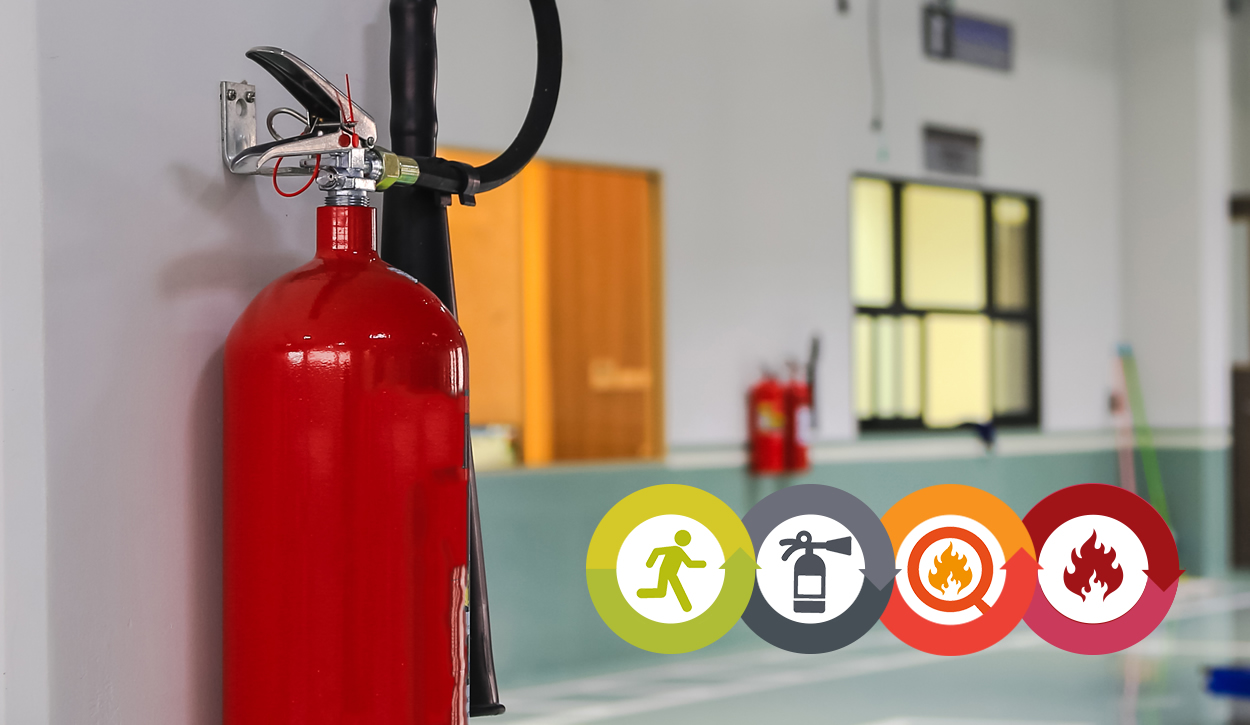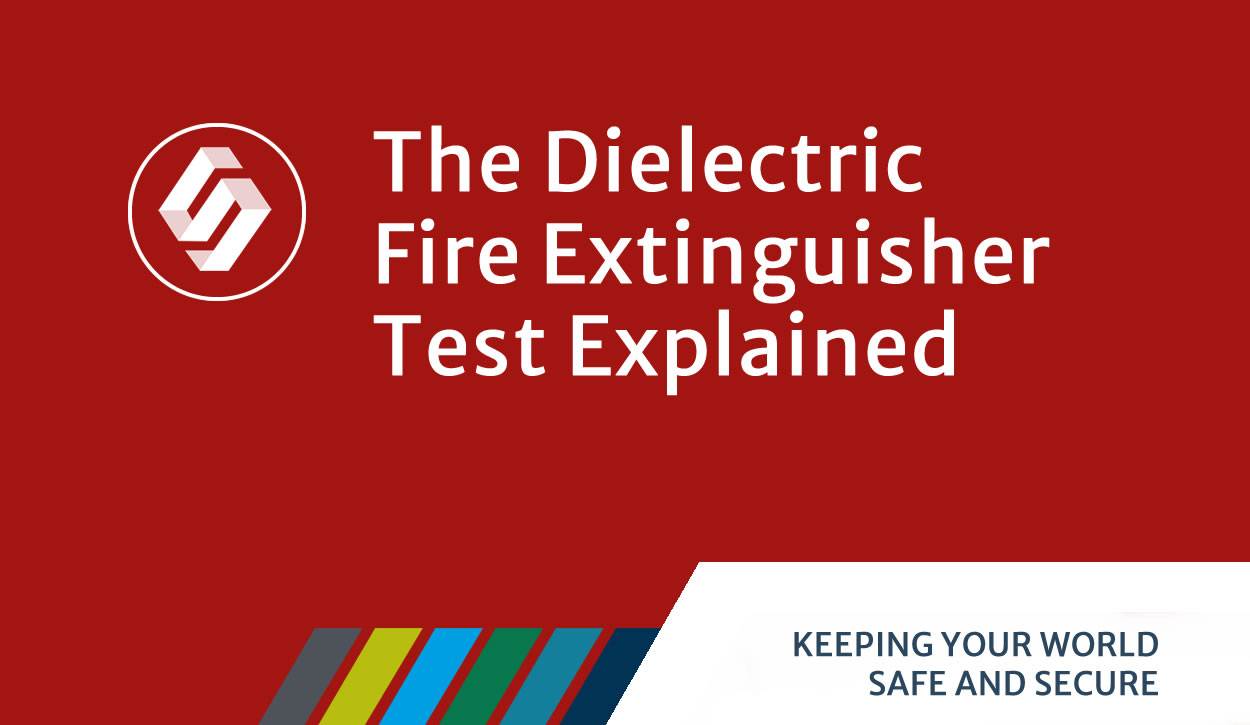The Dielectric Fire Extinguisher Test Explained.
Discover the essentials of the dielectric test in BS EN 3-7, a critical safety measure for water-based fire extinguishers used on live electrical equipment. This Fact File breaks down the steps, importance, and implications for achieving an F Class rating, crucial for handling cooking oil fires.

Understanding the Dielectric Test in BS EN 3-7:2000+A1
The dielectric test, as outlined in BS EN 3-7:2000+A1, evaluates the safety of water-based fire extinguishers when used on live electrical equipment. This guidance clarifies the test procedure, its significance, and its role in achieving the F Class rating necessary for cooking oil fires.
Dielectric Test Overview
BS EN 3-7:2000+A1 includes a dielectric test to assess the electrical conductivity of an extinguisher’s discharge stream.
• Clause 9.1: Assesses safety for use on live electrical equipment.
• Clause 9.2: Outlines performance criteria.
• Annex C: Details test procedures.
Manufacturers must label extinguishers based on test results. If an extinguisher fails the test, it must carry a warning: “WARNING: Do not use on live electrical equipment.” If it passes, it can be labeled for safe use on live electrical equipment up to 1000 V at a distance of 1 meter. The UK follows BS EN 3-7 due to the absence of national regulations.
Historical Context
Dielectric testing has roots back to 1937 when The English Electric Company tested foam extinguisher jets on high voltage electrical appliances. The tests showed no electrical conduction, affirming the safety of water extinguishers on live electrical equipment. This capability was integrated into standards like BS 5423: 1987 and later BS EN 3-7, which is also referenced in BS EN 1866-1:2007 and BS 6165:2019+A1:2022. BS 5306-0:2020 Clause 15 addresses concerns regarding the use of firefighting media, including water, on electrical equipment.
Conclusion
The dielectric test in BS EN 3-7 measures the electrical conductivity of an extinguisher’s discharge stream up to 35,000 volts to confirm its suitability for use on live electrical equipment. Extinguishers that pass this test are marked accordingly, ensuring they can be safely used on electrical fires. The full fact file is available from the FIA using this link here https://tinyurl.com/DielectricFireExtinguisherTest.
#FireAlarms #FireRiskAssessment #FireSafetyEquipment #FireAlarmMaintenance #AccessControl #CCTV

